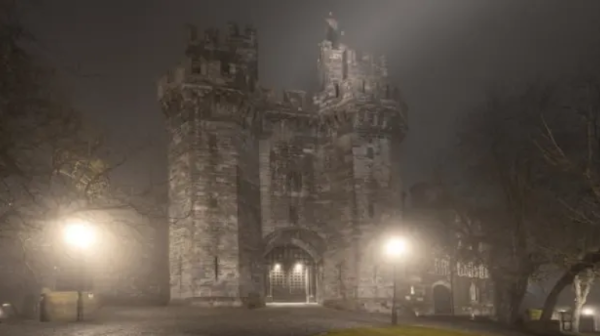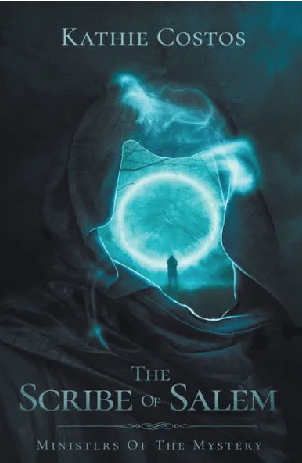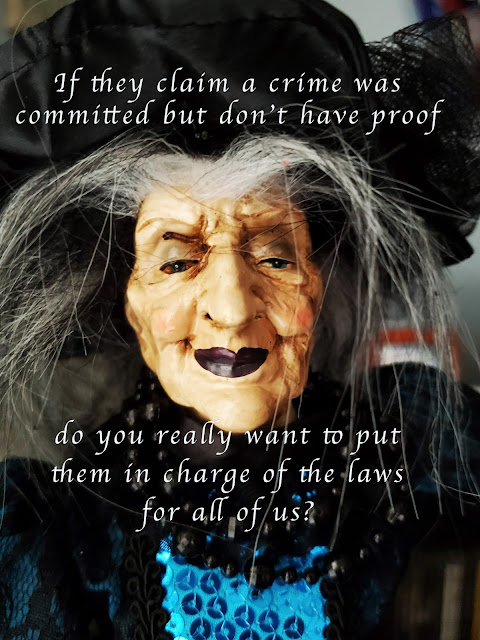Kathie Costos
July 29, 2023
If you have #PTSD or PTSI or PTS, whatever acronym you're comfortable with, you may have heard someone you know tell you that God only gives us what we can handle. If you have, for right now, go back to a time when people not only heard stupid things people said to explain suffering and terrible things happening, and then accused people of witchcraft. While we do not know what all the people of Salem (or around the world) thought about the events behind the trials, we know what people say today. Most of it is based on their individual beliefs. These are not the ones they express openly but their private beliefs.
Reverend Hale testified in 1692 about his parishioner Sarah Bishop, who lived with her husband Edward on the border of Beverly and Salem Village. Hale had interceded in a disagreement between Sarah and her neighbor, Christian Trask a few years before. Trask, a mentally ill woman, complained about the noise and activities in the Bishops’ unlicensed tavern, which apparently went long into the night. Hale tried to keep the peace between the two. A few years later, Trask was found dead, her throat cut, small scissors lying nearby. Was this suicide or murder? Hale observed the body and felt some kind of witchcraft was afoot. Nevertheless, Sarah Bishop was not accused of witchcraft at this time, although both she and her husband were accused of witchcraft on April 21, 1692. (In a transcription, Hale referred to Sarah as “Goody Bishop, wife of Edward Bishop” which led to many years of confusion. There was another Goody Bishop, married to another Edward Bishop living in Salem Town – and that was Bridget, first to be executed for witchcraft in 1692. The descriptions of the two women became combined in the history books until the error was discovered in recent years.)In November of 1692, very late in the hysteria, Wenham’s Mary Herrick spoke to Wenham Reverend Joseph Gerrish and Reverend Hale, accusing Hale’s wife Sarah of spectral torment. Although Sarah Hale was never officially accused of witchcraft, historians believe this event certainly helped to change Reverend Hale’s support of the trials. (Salem Witch Museum)
And yet another pastor was not only accused of witchcraft but almost ten years after he left Salem, he was brought back from Maine and hung.
In July of 1692, Reverend Hale spoke to confessed witch Ann Foster in Salem jail, where she told him about a witches’ picnic and about her fear of Reverend George Burroughs and Martha Carrier, the king and queen of hell, whose specters had threatened to kill her. (Salem Witch Museum)
There was an apology from those leaders after the trials ended. They called it a Day of Atonement
Five years after the Salem witchcraft trials, the Massachusetts legislature passed a resolution that a day of general fasting be held on January 15, 1697. The resolution was adopted so God's people could offer up prayers for God to help them in their errors and keep them from repeating such sins which could only bring God's judgment on the land.That means first they blamed Satan for the suffering. Then they blamed God for judging them and making them suffer for what they did. So which was it?

















